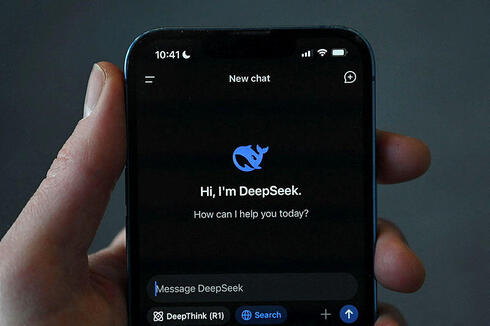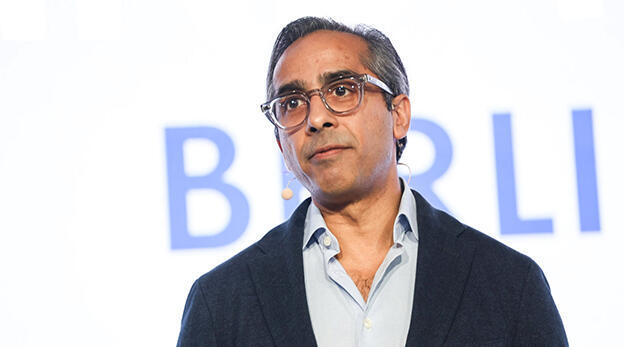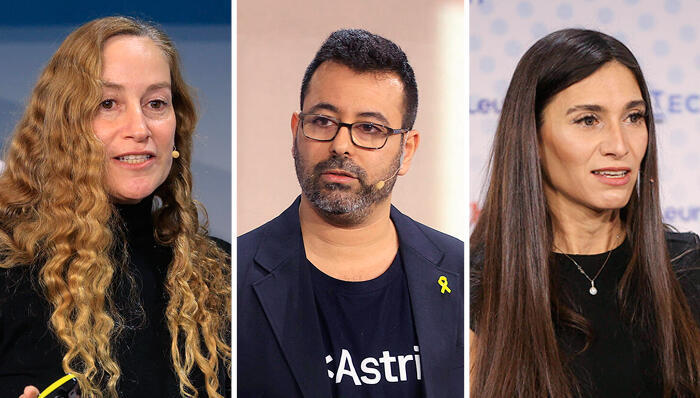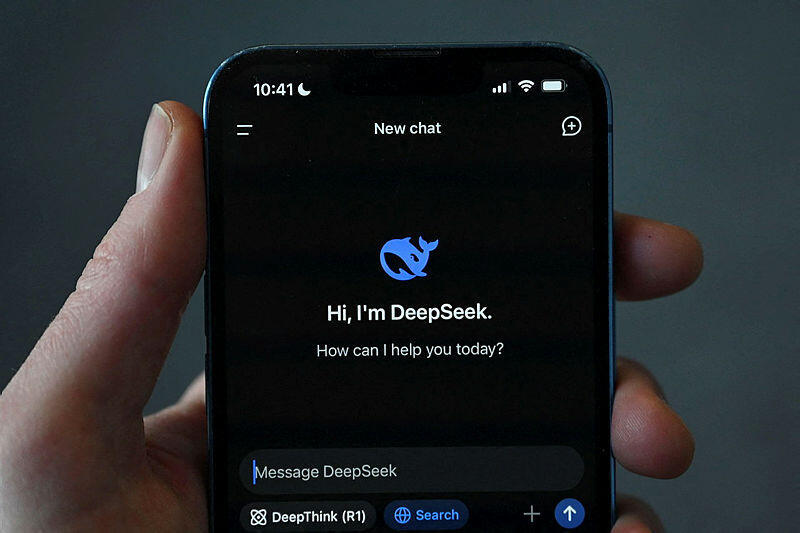
The rise of DeepSeek: 20 times cheaper with the same results
With a low-cost, open-source model, DeepSeek is challenging industry titans like OpenAI and Nvidia.
In recent days, Donald Trump has been trying to find a solution that will allow TikTok to continue operating in the U.S. But while the White House works to close a deal, another Chinese app is gaining traction in app stores, with one this week reaching the top of the download chart in the Apple App Store—an artificial intelligence chatbot from a company that was previously unknown to many: DeepSeek. The reason? The company's GenAI model performs similarly to OpenAI's ChatGPT but requires significantly less computing power to operate. It relies on AI chips that are much less advanced than Nvidia's flagship chips. If this represents a true breakthrough in AI model training capabilities, it could spell bad news for Nvidia, whose role in the AI revolution over the past three years has pushed its value to approximately $3.5 trillion. It could also have repercussions for other chipmakers hoping to gain ground in the market. The irony? This shift is, in part, thanks to policies implemented by former U.S. President Joe Biden, specifically the chip export restrictions enforced during his administration.
On January 20, DeepSeek unveiled its latest GenAI model, R1. The company had already introduced a lighter version of this model last year, but the full version marks a significant leap forward. Tests have shown that the model is comparable to, or even outperforms, leading models from companies like OpenAI, Google, and Anthropic in areas such as solving mathematical problems and writing code. Additionally, unlike most leading models (except for Meta’s), DeepSeek's model is open-source. This means that anyone with the requisite knowledge can examine how the model is built or use it in their own computing environment, without needing to rely on DeepSeek.
Deepseek R1 is one of the most amazing and impressive breakthroughs I’ve ever seen,” said investor Marc Andreessen, a key figure in Silicon Valley. "And as open source, a profound gift to the world."
What impressed Andreessen wasn’t just the model’s capabilities—similar to those found in other AI systems—but also how DeepSeek achieved this breakthrough. The conventional approach to developing GenAI models involves gathering enormous datasets and then applying massive amounts of computing power to process them—often at great expense. AI companies are spending billions to build and maintain the data centers needed to train and run these models. Meanwhile, AI chipmakers, led by Nvidia, which has become a de facto monopoly in this space, have profited greatly from these investments. The prevailing belief is that this trend will continue for the foreseeable future. Just last week, Trump announced a new venture backed by OpenAI, SoftBank, and Oracle to build a computing infrastructure designed for developing and running AI systems, with an investment totaling half a trillion dollars. Operating trained AI models is also incredibly costly, with each query consuming enough energy to power a light bulb for several minutes. This contrasts with traditional search engines, which are far more energy-efficient. The prevailing wisdom has been that the only way to develop more advanced AI models is by throwing vast amounts of computing power at them. This belief has also shaped the Biden administration’s chip export policies.
In October 2022, recognizing that chips are fundamental to advancements in both AI and military technologies, the Biden administration began restricting the export of high-performance chips to China. Over time, these restrictions have been tightened, culminating in a significant policy shift at the end of Biden’s term, which sought to limit the export of AI processors globally, with China included in a group of countries facing a complete ban.
Cut off from access to the world’s most powerful processors, DeepSeek and other Chinese AI companies have been forced to operate with limited computing resources and a domestic chip industry that is unable to produce the latest-generation chips at a sufficient scale. With few options available, these companies have had to break the traditional mold and find alternative ways to develop GenAI models without relying on the massive computing power available to American firms.
DeepSeek’s primary method is called "reinforcement learning," a technique that mimics the human learning process through trial and error. Unlike the traditional approach, which relies on labeled data and demands significant human involvement and computing power, reinforcement learning requires far less computational resources. Here’s a simplified explanation of how it works: After a brief initial training phase, the model is tasked with producing outputs for various queries. These outputs are then evaluated by another AI model, which selects the best responses. In this way, the model learns to distinguish between high-quality and low-quality answers, gradually refining its performance.
This approach allows the model to learn autonomously and with far less computing power. According to DeepSeek, it spent only $6 million on computing resources to develop the R1 model, which is about 3% to 5% of the cost incurred by OpenAI in developing its own models. Furthermore, the model’s training method enables it to operate with much lower energy consumption, making it efficient enough to run on locally available computing systems. This could herald a revolution in the AI market, which has become heavily reliant on expensive computing infrastructure.
What DeepSeek has demonstrated is that even with relatively modest investments, talented entrepreneurs can break into the GenAI field and create significant competition for companies that have billions in funding.
The fact that the R1 model is open-source also makes advanced GenAI capabilities accessible to researchers, scientists, professionals, and hobbyists without the fees and restrictions imposed by larger companies. This has several advantages, particularly for academia, as it allows researchers to study the models and use them freely, potentially leading to major breakthroughs. However, there are risks, too. Without the oversight that platforms like ChatGPT provide (such as identifying and blocking misuse by individuals from certain regions), there is no clear mechanism to prevent the model from being used unethically.
Another important question is how this development will affect the current AI market. Companies like OpenAI thought they had solidified their positions, having invested hundreds of billions to secure computing resources that smaller players could not access. Their half-trillion-dollar venture aims to further cement these capabilities. Nvidia, meanwhile, has become the world’s most influential technology company, with its high-performance chips at the heart of nearly every AI system.
But if it turns out that not as much computing power is needed—if almost anyone can compete with OpenAI’s expensive and energy-hungry models without relying on Nvidia chips—then the future of AI companies and Nvidia itself could be in jeopardy.
It’s still too early to predict where the market is headed. DeepSeek’s model must prove itself over time, and only then will we know whether its training methods can lead to further breakthroughs. But if the answer is yes, the AI landscape that seemed so entrenched and stable could be disrupted in a way that is difficult to imagine right now.














